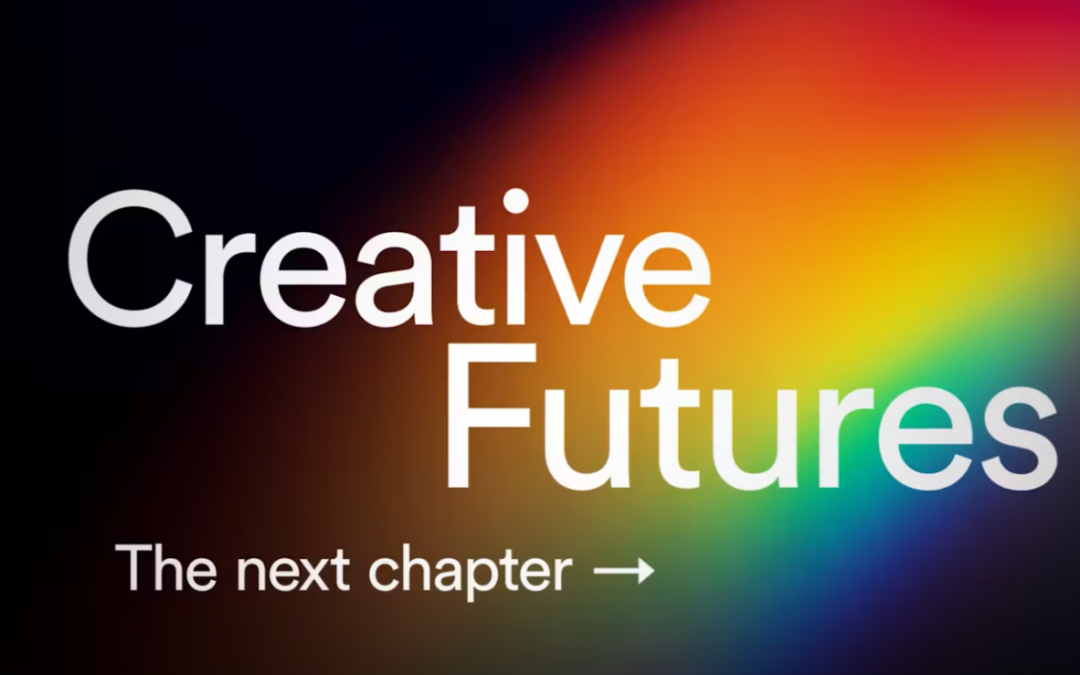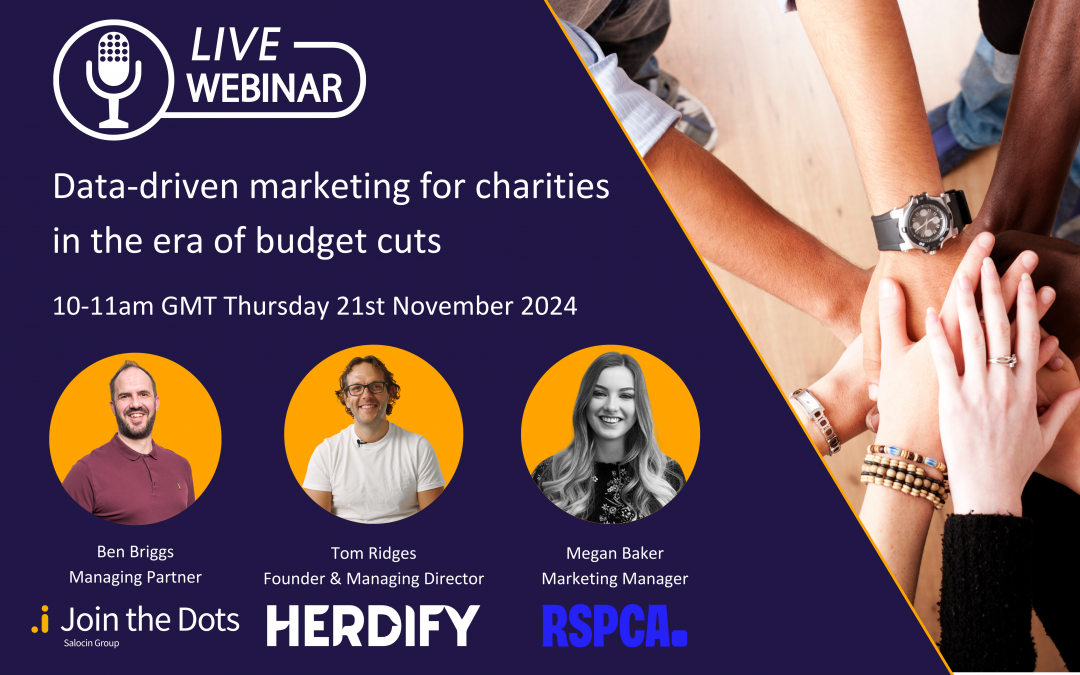The days of simply buying an ad in a magazine, creating a catchy slogan, and hoping it will be seen by the right people have long gone.
Now, gut instinct alone isn’t enough. If you want to create campaigns that drive ROI, you need to make sure your messages reach the right audience, in the right way, at the right time, which is why marketers today are using digital media to target their audiences with laser precision.
With so many benefits to digital media, it’s no wonder it’s such an effective medium for marketers today: it’s a cost-effective, targeted way to reach potential customers, with the ability to optimise and measure campaigns to boot.
But if you’re going to get the most out of your media spend, you need to create a clever digital buying strategy so you can ensure you purchase ad space on the right platforms to achieve the best results – and that’s exactly where we come in!
So, without further ado, read on to discover everything you need to know about digital media buying as we share our top five steps to success.
5 important things you need to know about digital media buying
1. Start by defining your target audience
If you want to create powerful and dynamic digital media campaigns, your first step should always be to take a close look at your data so you can get to know your audience.
One of the biggest benefits of digital media is that it enables you to target specific audiences based on demographics, interests, and behaviours so you can reach the most relevant potential customers.
Who is your ideal customer? Which digital media channels do they consume? By using your data to identify who you want to target, you can start to understand your audience and what makes them tick.
Having such a detailed understanding of your audience means you can tailor your digital marketing strategy to target each customer segment and be absolutely sure your campaigns reach recipients whose interests and behaviours correlate with your product or service.
2. A well-thought-out plan is essential
Now that you know who your target audience is, the next step to digital media buying success is creating a plan to set your goals, measurement systems, and budget.
Yes, you know who you want to reach, but what is the goal of your campaign? Typically, when you are creating a digital media strategy, your goals will fall into one of three categories: awareness, conversion, or branding. Each of these goals will have different ways to measure success.
Do you want more website traffic and brand awareness? Or do you want to increase conversion rates? Ensure your team is aligned on the end goal so you can determine the relevant KPIs, agree on a plan, set your budget, and make sure you focus your efforts for maximum success.
3. As is choosing the right channels
Now that you’ve profiled your audience, understand what makes them tick, and know what you want to achieve with your digital media campaign, you need to choose the right digital platforms and channels to drive awareness and increase engagement.
Here at Join the Dots, we’re led by data, which means we can target campaigns across a variety of channels with pinpoint precision:
Display
From banners to video, display advertising encompasses a wide mix of formats with endless targeting options across many devices, so you can drive awareness and connect with people around their interests or behaviours.
Plus, the creative possibilities are endless, which means display can be used to achieve a range of media objectives, from full-size homepage takeovers to video pre-rolls.
Programmatic
Programmatic advertising enables you to build brand awareness and reach a vast audience in a super cost-effective way.
By using automation to activate bespoke audience segments wherever they are online, you can reach the right people in a flexible and scalable way.
And because you can spend as much or as little as you like, it’s a great way for both smaller and larger brands to engage with their audience and achieve their objectives.
Paid Social
Social media is the go-to place for nearly all target audiences to find information, learn, and shop – so it’s no wonder it’s one of the most important forms of digital media for brands today.
Paid social enables you to engage with prospective customers in creative ways, whilst using targeting options to replicate offline targeting such as postcode sectors or demographics. The result? Highly targeted, connected campaigns that deliver superior results.
Addressable TV
Addressable TV enables brands to identify and target very specific audiences and ensure that their audience is exposed to their messaging.
People spend an average of 3 hours and 23 minutes watching TV each day, and 99% of people consume some sort of TV or video each week. It’s easy to see why addressable TV needs to be such an essential part of your media toolkit.
There are different levels of targeting available using 1st, 2nd, or 3rd party data, making it an effective media channel for all types of brands. Plus, there are also numerous reporting tools available to measure the success of each campaign.
Finally, addressable TV is also incredibly cost-effective, with the cost of reaching 1000 people via TV much lower than the equivalent cost for press, inserts, or door drop, making it one of the most cost-efficient channels available.
Find out more about addressable TV and how it can work for you in this blog post.
Digital radio
The audio equivalent of addressable TV is digital radio, a super-targeted and trackable way to serve ads to specific audiences whilst people are listening through apps or smart speakers.
As with addressable TV, audiences can be targeted using 1st, 2nd, or 3rd party data across pre-built segments that are accessed by placing a pixel on the brand’s site, which tracks a unique listener ID and their onsite behaviour.
As a result, you can compare the behaviour of those exposed to digital ads as opposed to those who haven’t been exposed – also known as uplift versus control.
Native
Native advertising is a digital method that uses in-content formats to aid the discovery of a brand, curate products, or make recommendations.
Running activity that looks like editorial within an editorial environment means that clickthrough rates tend to be higher, and greater levels of attribution enable you to create highly targeted activation campaigns and understand the outcome of your activity, too.
Digital out-of-home
Digital out-of-home is a powerful way to reach audiences while they are on the move. Sites can be tailored using advanced data connectivity to deliver a multitude of objectives, from direct response to brand awareness and online, offline, or footfall response.
Essentially, by serving targeted ads based on data points, you can deliver a highly creative, hyper-focused solution that gets results.
4. You can monitor your campaigns to optimise
Next up, one of the most exciting parts of launching an ad campaign: tracking its performance.
One of the biggest pros of digital media is that it provides businesses with real-time monitoring and optimisation capabilities, so you can track what is working and make sure you get the most bang for your buck.
As soon as your campaign launches, you can start gathering data on how your ads are performing, which means you can monitor campaign performance and make any necessary adjustments to optimise effectiveness.
From tracking metrics on click-through rates, impressions, and conversions to using data to optimise your campaigns in real-time, you can ensure you drive the best possible results from your digital media spend.
Plus, you can also reallocate funds to ad types and placements that are generating better results for maximum engagement. Win-win!
5. You can track outcomes to drive results
Once your digital media campaign is complete, you can also track the outcomes to see what has worked and what hasn’t, so you can retarget your campaigns at an effective frequency to deliver a cost-efficient response.
By tracking your interactions across different platforms and media channels, you can monitor trends, review past performances, and assess engagement levels, enabling you to draw conclusions and get a full-picture analysis of your campaigns.
Not only that, but once you find out the best-performing campaigns, you can replicate successful campaigns and re-use them in the future for incredible results.
Ready to join the dots and make your digital media unstoppable?
We’re Join the Dots, an award-winning media agency that is committed to working in a transparent, sustainable manner to help you reach your acquisition goals.
Regardless of the channel or medium, we are always guided by data and insights and place strategy at the heart of everything we do to create tailor-made, bespoke media campaigns designed for you.
So, if you need help and advice about digital media buying, our expert team is here to help. Get in touch today to find out how we can help you join the digital media dots.











